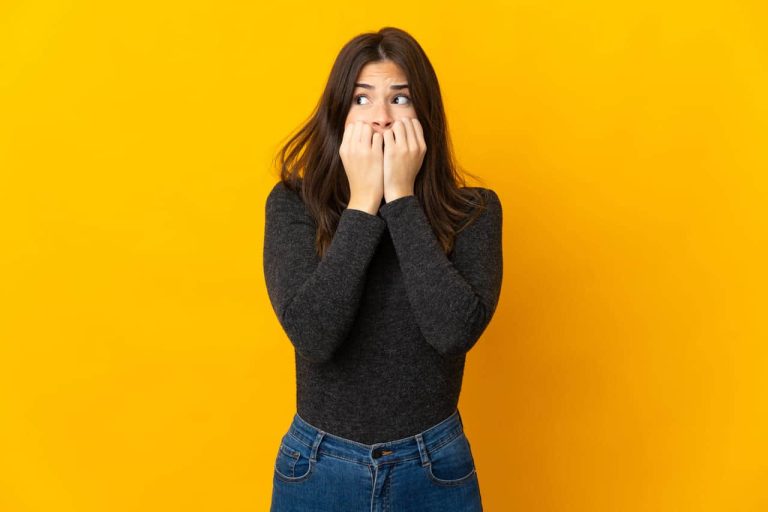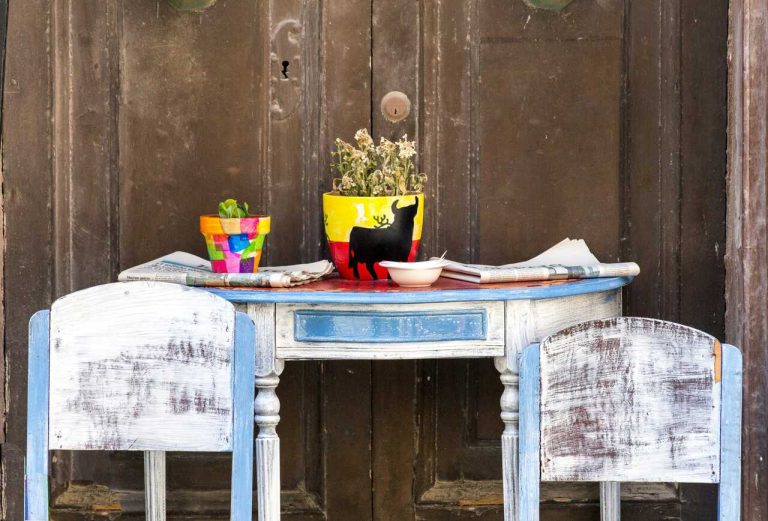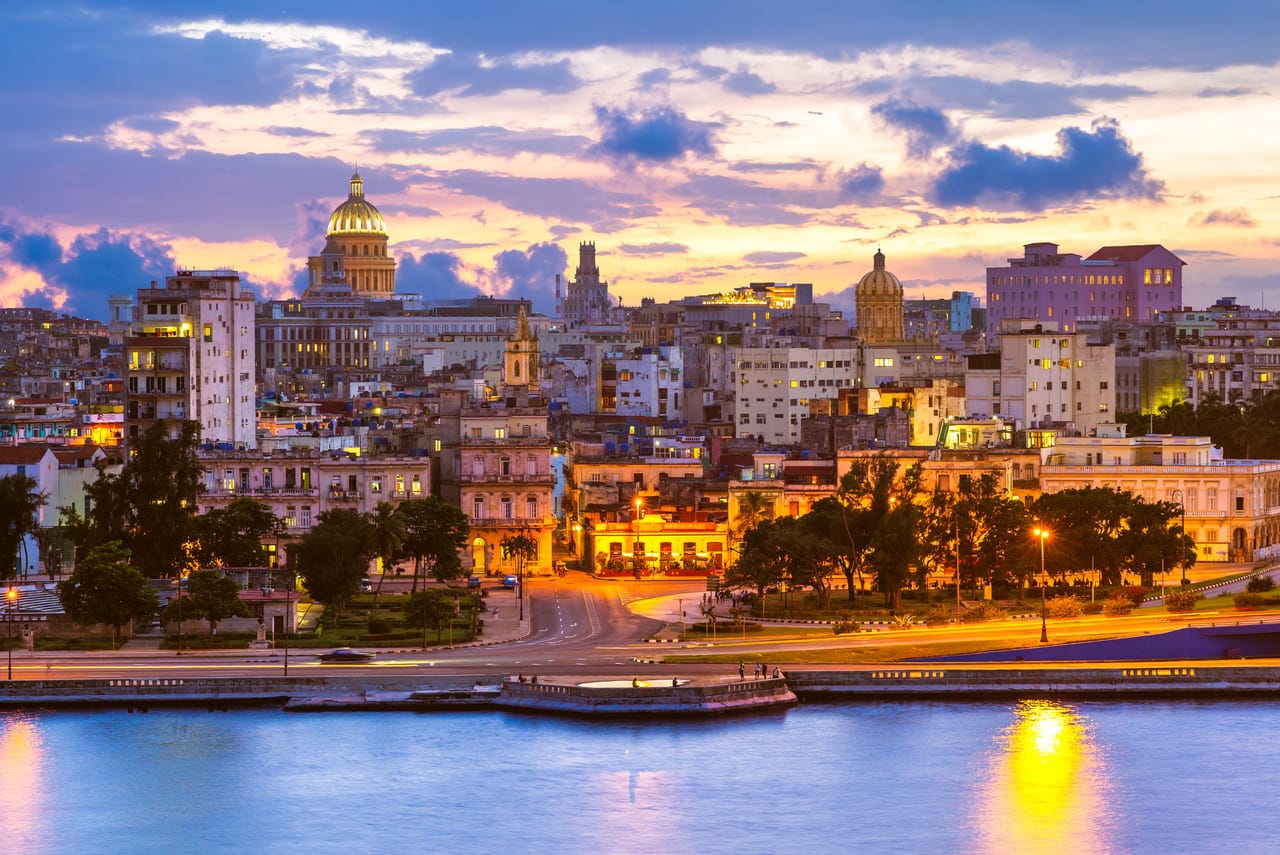
Cuba Travel Guide: Everything You Need to Know About The Island
DATE:
Cuba is the largest island in the Caribbean and is full of beautiful beaches, lovely people, and fascinating people.
Cuba opened itself to tourism and has since become one of the most popular locations in the world. It may not have stable internet access, but who needs it with so much beauty to discover.
In this Cuba travel guide, we hope to open your eyes to the wonders that you can find in this stunning country of history and Cuban culture:
History And Culture
Not much is known about pre-Columbian history, but here’s what we found out.
The earliest known inhabitants in Cuba dates back to 4000 BC. The Neolithic cultures like Redondo, Guayabo Blanco, and Cayo are believed to have used ground stone and shell tools, which included dagger-like Gladiolitos. It’s thought they used these tools for Ceremonial roles.
The communities had a basic diet and tended to use fishing, hunting, and collecting plants as their main source of subsistence.
The indigenous Guanajatabey had inhabited the island for centuries before the arrival of Columbus. But unfortunately, they were driven to the west due to the sheer number of migrant waves, including the Ciboney and Taíno tribes.
The two groups were part of a group called the Arawak and inhabited parts of Latin America before the European invasion.
It’s thought that the population of the Taíno people had reached 350,000 by the end of the 15th century. The group would bake cassava bread which they made with harvested yuca root.
It’s also thought they grew cotton, tobacco, maize, and sweet potatoes.
As we fast forward to 1492, we have the moment Christopher Columbus first reached the island of Cuba.
The Spanish set up settlements on an island east of Cuba called Hispaniola, and it wasn’t until 1508 that Cuba was fully mapped.
In 1511, Diego Velázquez de Cuéllar was sent to build the first settlement and conquer the island. The new settlers were reluctant but greeted the newcomers to the island.
The group of Taínos was organized by Hatuey, one of the chiefs that had escaped the brutalities of Spanish rule on the island Hispaniola.
Fighting began, and the chieftains were captured and burnt alive. It was three years until the Spanish gained complete control of Cuba.
Although there is some evidence of cooperation between the natives and Europeans, many natives died thanks to smallpox and slave labor.
It’s thought that the remaining natives showed the Spanish how to care for the tobacco plants and consume them in the form of cigars.
Did you know…?
It wasn’t long until the Spanish established the island’s sugar and tobacco as the primary product. It’s thought that slaves from a nearby French colony escaped to Cuba. And with them, they brought their knowledge of cultivation and sugar refining.
Cuba became one the most important producer of sugar in the world due to slavery, but things were about to get harder for them when the British Empire abolished the Slave Trade Act in 1807 and the Slavery Abolition Act in 1833.
The UK Government was trying to eliminate the transatlantic slave trade. The Spanish eventually agreed and abolished the slave trade in 1820 thanks to pressure from the British and a payout from London.
Although they abolished slavery, it’s thought that between 1816 and 1820, 100,000 African slaves were brought over.
While other countries were breaking free from Spanish rule, the Cubans remained loyal to the crown.
This was until the Creole rivalry with the Spanish crown, increased despotism and taxation, and growth in Cuban nationalism came along. With these developments came a bloody war of ten years against Spain (1868-78).
Unfortunately, the Cubans failed to gain their independence. They tried again for a second time in 1895-98, but this led to their leader José Martí being killed.
During this time, the relationship between Spain and America was growing thin. America got involved and expelled the Spanish, and the US took over affairs in Cuba. Check out our history of the spanish language article to learn more.
And things didn’t get any better for Cuba:
In the 1930s, an attempted revolution sparked a cruel dictatorship of Gerardo Machado y Morales. Following several small army revolts, he had to resign and flee in 1933.
Sergeant Fulgencio Batista y Zaldívar was unhappy with reductions of pay and promotions restrictions, so he joined forces with the militant students and overthrew the US-backed regime.
This allowed Batista to emerge as the self-appointed chief of the armed forces. He led a charge and forced Ramón Grau San Martín to resign from the Cuban Government and eventually took the presidency in 1940.
The rise of Fidel Castro was seen in 1952 with a coup d’état and profoundly affected Cuban society. This also leads to a cruel right-wing dictatorship, civil war, and the destruction of the military.
Relationships between Cuba and the US continued to deteriorate quickly. In 1960 the US imposed an embargo on the Cuban Government and broke relations in 1961.
Due to the failure of the US and CIA in the infamous Bay of Pigs invasion, the Castro regime managed to destroy the Cuban underground. And this leads to huge propaganda of defeating the Yankees.
Because of the cut ties with the US, Castro gained links with the Soviet Union. But after the cold war and the collapse of the Soviet Union in the 1990s, Cuba lost most of its financial support.
And this led to the most difficult economic periods in Cuba’s history. With Cuba’s back against the wall, they had no choice but to open its doors to tourists.
To this day, Cuba is one of the few remaining Communist nations in the world. The country still has a lot of work to do in regards to human rights, building the economy and providing social and political freedom to its citizens. But it does have some of the best healthcare systems in the world for those who can afford it.
Enough of the history through, what can you expect from the culture?
You’ll find Cuba has a strong amalgamation of African and Spanish influences, the most noticeable being music and arts.
Cuban music is known worldwide for being lively and getting Cuban people on their feet to dance. It’s mainly based on the genres salsa, jazz, and tango.
The official language of the country is Spanish and has a Roman Catholic religion in the majority. That being said, some of the Afro-Cubans practice the Religions Santería and Abakuá.
Cuba Travel Guide: Cities To Visit
As you can see, the country has some amazing history, but how has it shaped the towns and cities? And more importantly, what can you expect while you’re there?
If these are questions you’ve been thinking about, don’t go anywhere… All is about to be revealed:
Havana
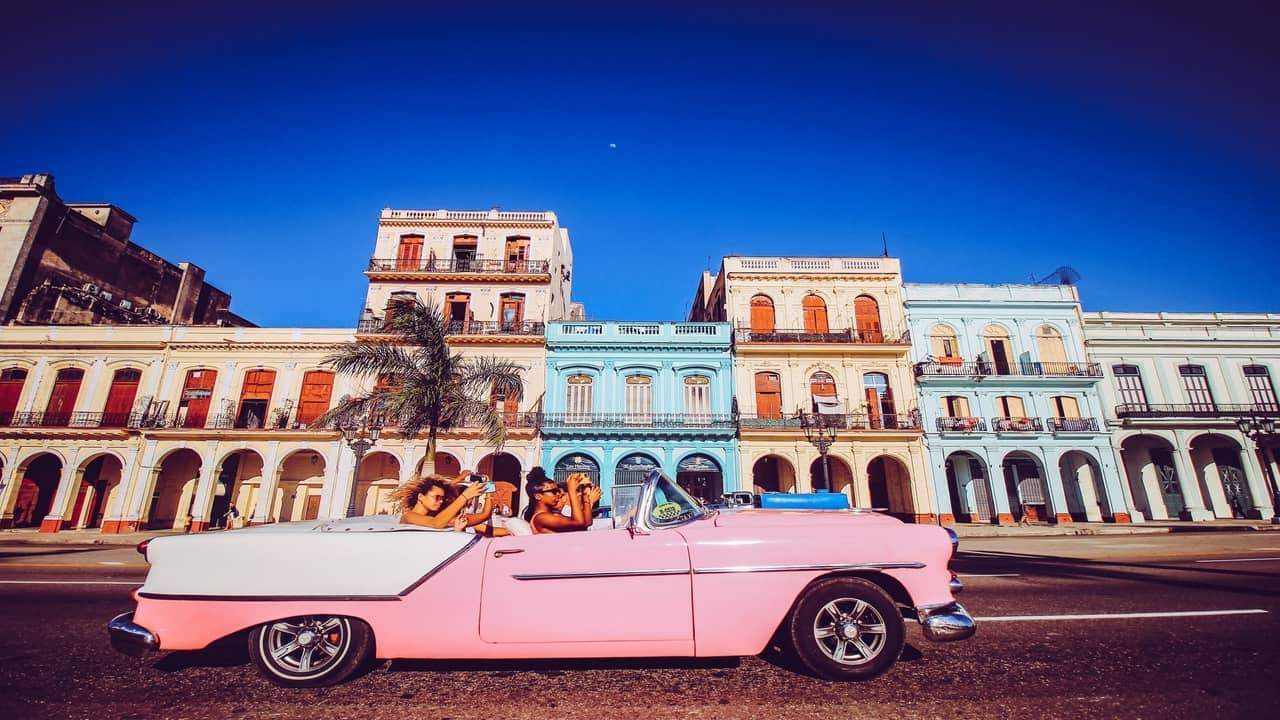
As you may know, Havana is the capital of Cuba, and for most people, the place they start their journey from. The city is full of culture, music, history, and tradition, so you can imagine it’s a popular place to be.
The city is located on the western side of the Caribbean island and includes 15 districts. While touring the city, you’ll be welcomed to stunning nightlife, but don’t worry, the day is just as exciting.
As you walk down the cobblestone streets of Old Havana and gaze at the colonial buildings, you’ll get a feeling of what life must have been like 200 years ago.
Some of the places you can take a stroll past include Plaza de la Catedral and the old military fortress of Castillo de la Real Fuerza.
And these aren’t the only places of interest the city has to offer. You also have the Plaza Vieja and Casa del Conde Jaruco, which are nearby the 35 meter-tower… perfect for photo opportunities.
Trinidad
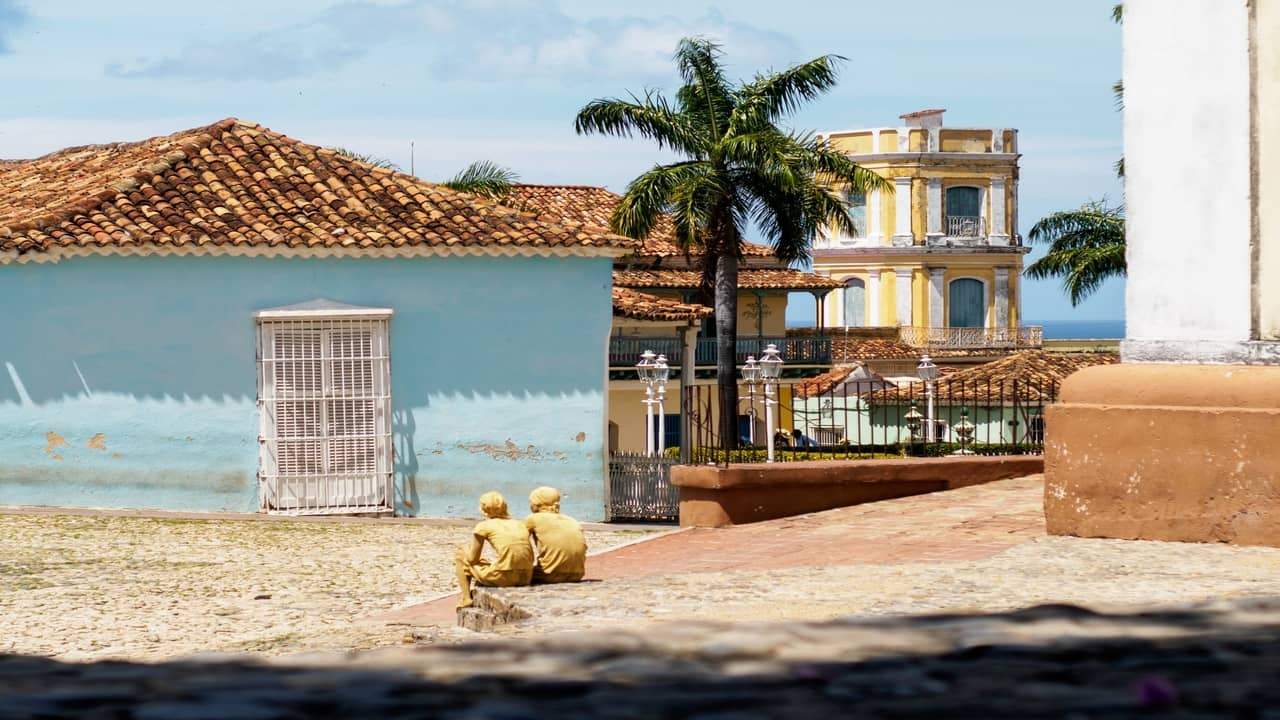
If you love history, what better place to visit than “The City Suspended in Time”? Trinidad is well known for its old colonial architecture, which has been very well preserved.
At the heart of Trinidad, you have the Plaza Mayor, which is the main square surrounded by neo-Baroque buildings. While standing in the square, you’ll notice the Iglesiahotel Parroquial de la Santisima Trinidad, which towers above the buildings.
Other points of interest include the Cantero Palace and the lookout tower, which inspire amazing views.
If you explore the east of Trinidad, you’ll find the World Heritage-listed Valle de Los Ingenios, which contains a handful of relics from the 19th century.
Baracoa
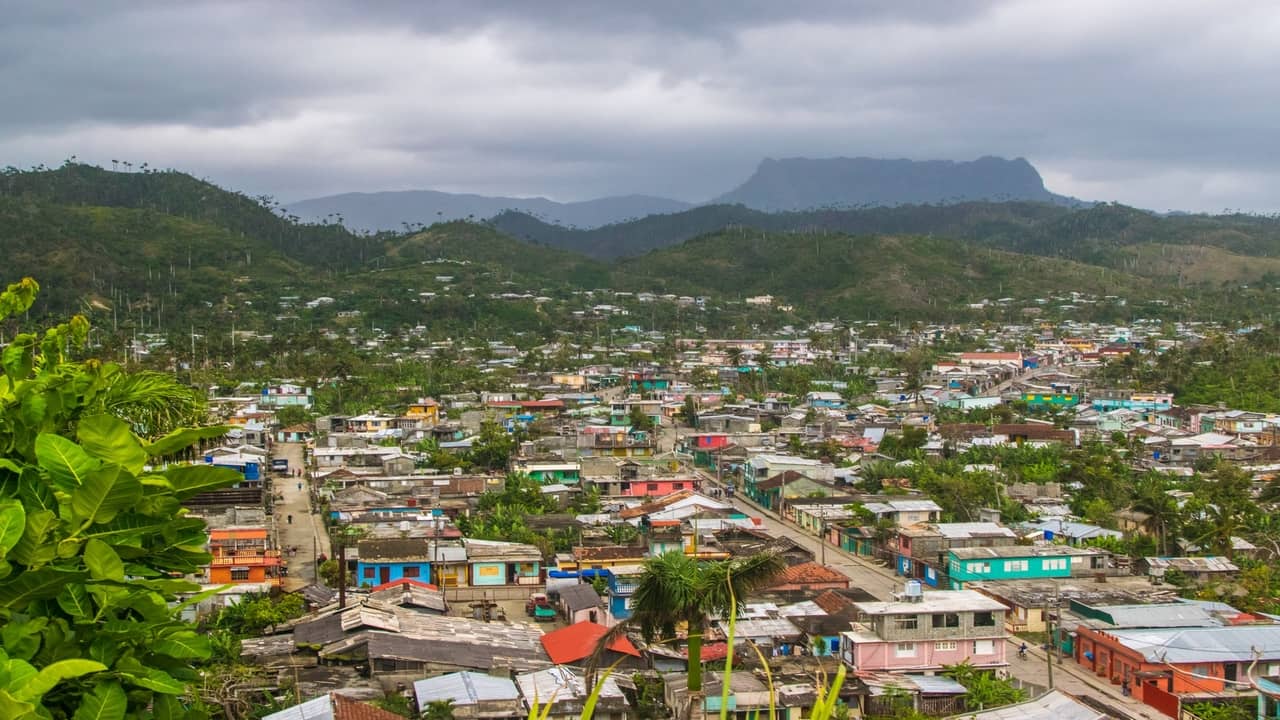
A highlight for many travelers is on the eastern side of Cuba in the stunning Baracoa. The city itself was the earliest settlement of the Spanish and dated back to 1511, when the church’s construction started.
The cobblestoned city lies between rainforests and beaches, which provides the best of both worlds. You’ll also be able to find waterfalls that provide a great break from the muggy weather.
One place to take a look at is the Museo Municipal, which is housed in the Fuerte Matachin military fortress. Touring the museum gives you an excellent insight into what life must have been like hundreds of years ago.
If you’re looking for an adventure, take a trek to El Yunque, which is a 589-meter flat-top mountain. The hillside of El Yunque is a UNESCO Biosphere Reserve where you can see rare birds and plants thriving.
Cienfuegos
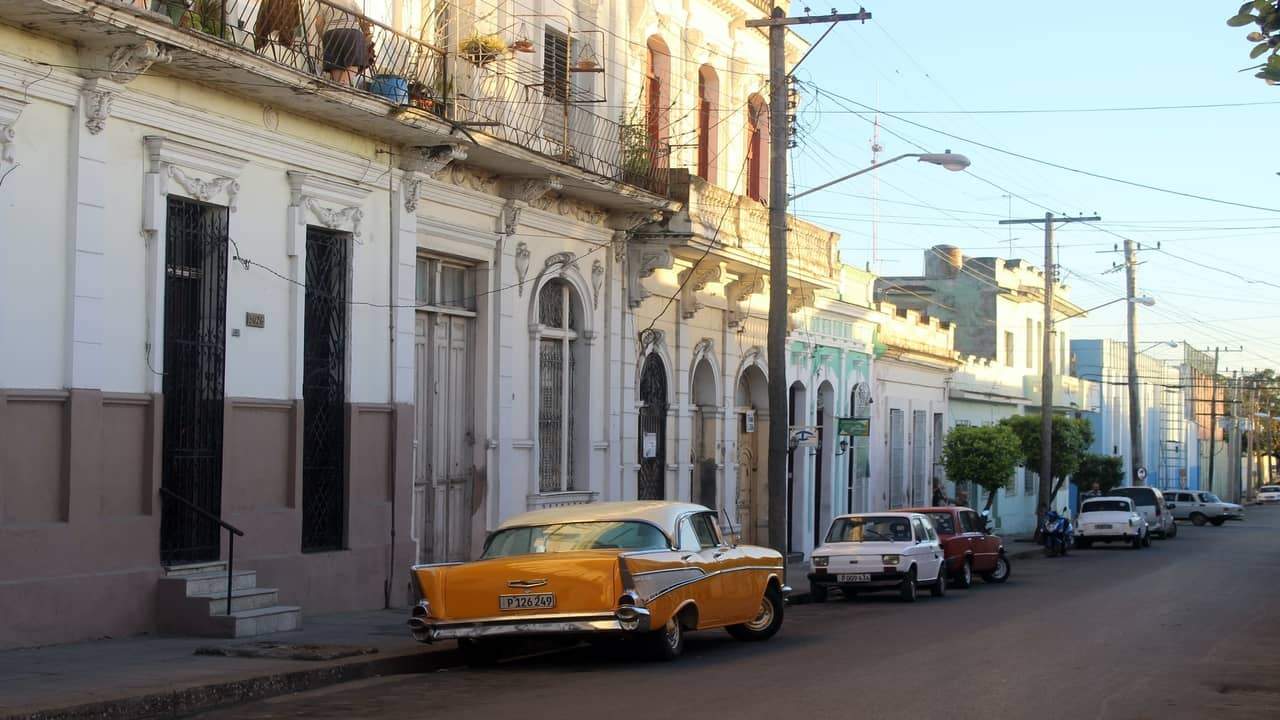
Cienfuegos is located in the central-southern part of Cuba and is unlike any other city in the country.
This is because the city was actually founded by the French instead of the Spanish. This gives the city a very unique atmosphere that will blow you away.
The city itself is known as La Perla del Sur, which translates to “the Pearl of the South,” and it’s easy to see why. If you love mid-century architecture, you’re going to love the peninsula Punta Gorda.
You’ll find many 1950s homes that have been carefully preserved, so you get the full experience. And at the center of the town, you have Pueblo Nuevo where you can explore the museum and take a French or Spanish lesson.
Places To See When Visiting Cuba
You know what cities to visit during your trip, but what is there to see on the island of Cuba? Well, this is where we have you covered.
We’ve prepared a list of some of the top tourist attractions you should not miss out on. So don’t go anywhere:
El Nicho Waterfalls
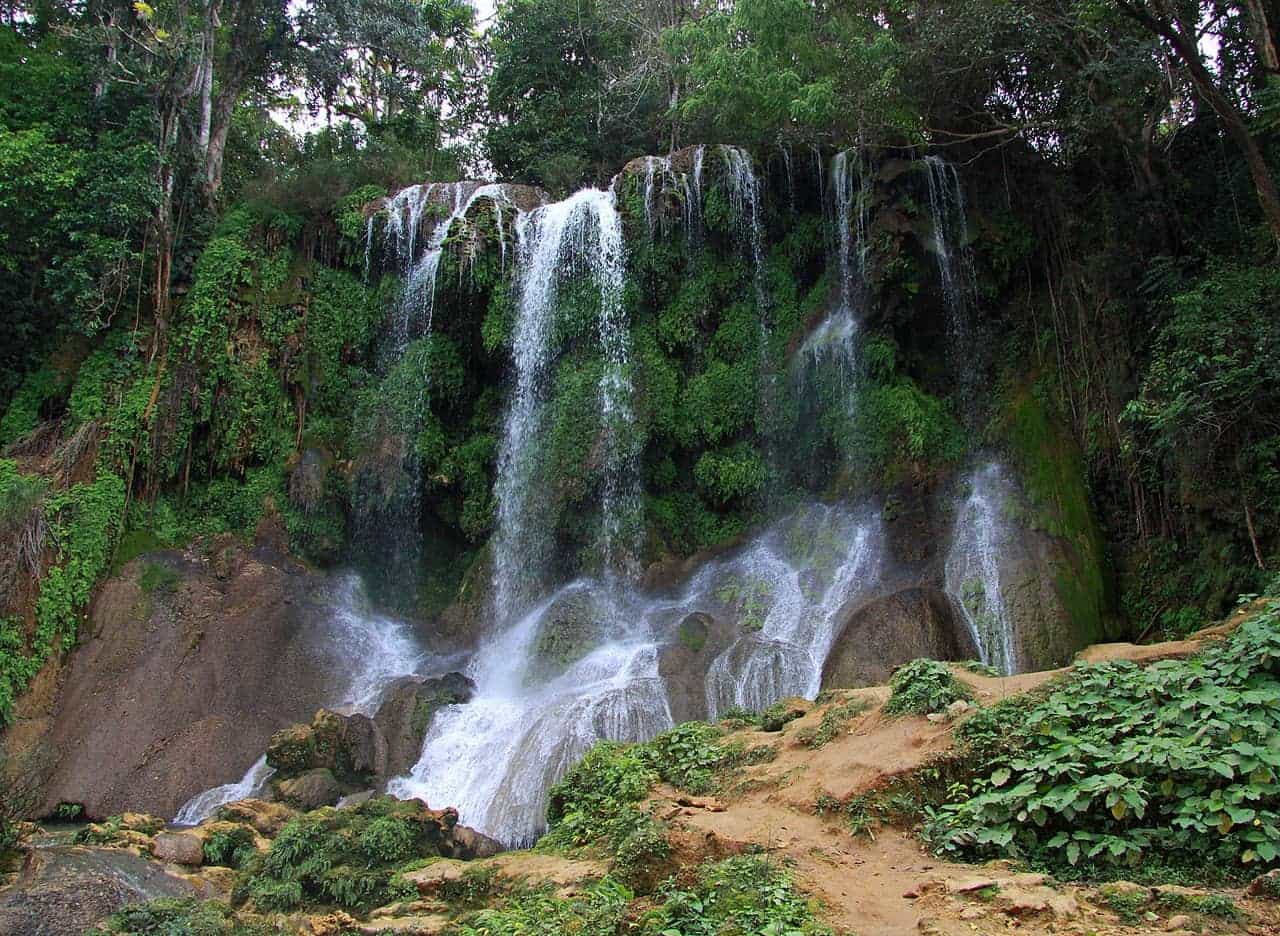
This little slice of heaven is found in central Cuba; El Nicho is about a 90-minute drive from Trinidad. The multi-level waterfall flows into jade green pools surrounded by jungle.
If you’re looking to escape the heat, then this is the perfect location.
Even the journey to the waterfall is an excellent experience thanks to the beautiful scenery you pass by.
If you walk past the waterfall, you won’t be disappointed. As you walk, you’ll be treated to breathtaking views across lush valleys.
Peninsula De Zapata
If you’re a nature lover, there is no better place than the Peninsula de Zapata. The area is located in one of the largest wetlands in the Caribbean.
Did you know…?
The area is known as a UNESCO Biosphere Reserve and is home to around 50 species of birds, including herons and parrots.
And if you’ve ever wanted to see a crocodile, there’s no better place; they are a very common occurrence.
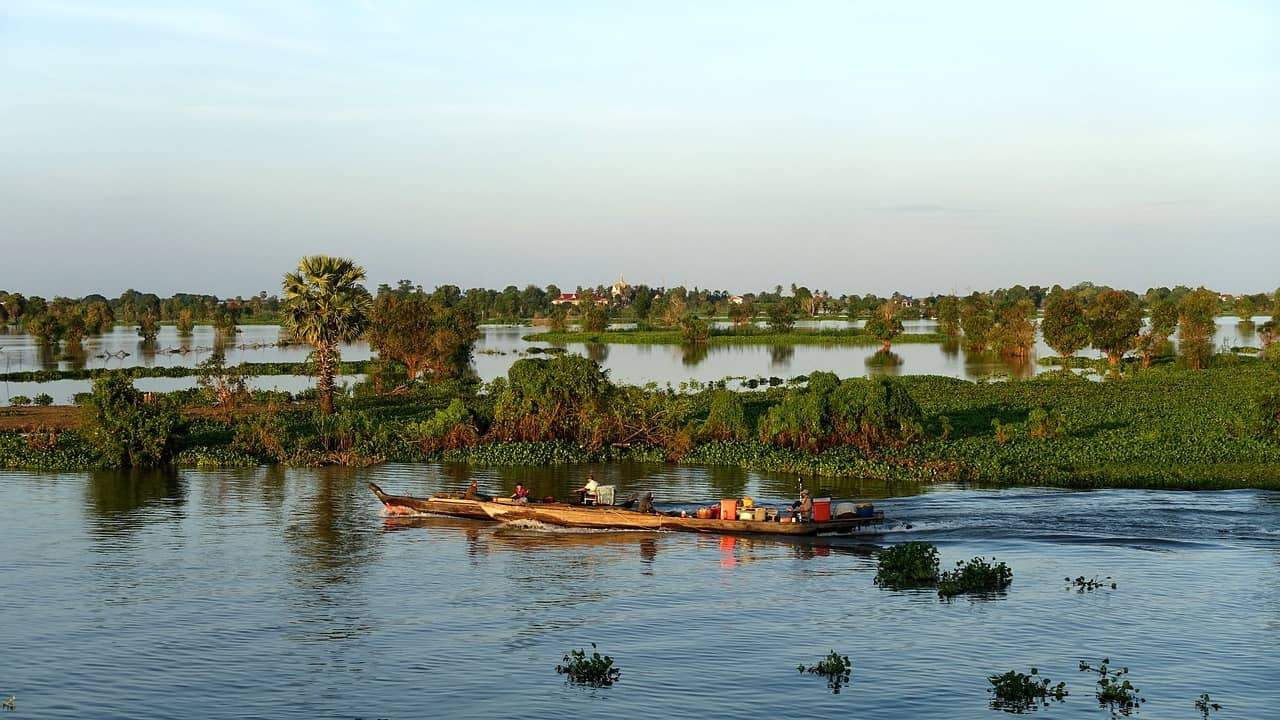
If you’re looking for a bit of history, you can also find it here. Playa Giron is a famous site from the 1961 Bay of Pigs Invasion. And this is where you can explore the Museo Giron to find out more about the fascinating history.
Cayo Coco
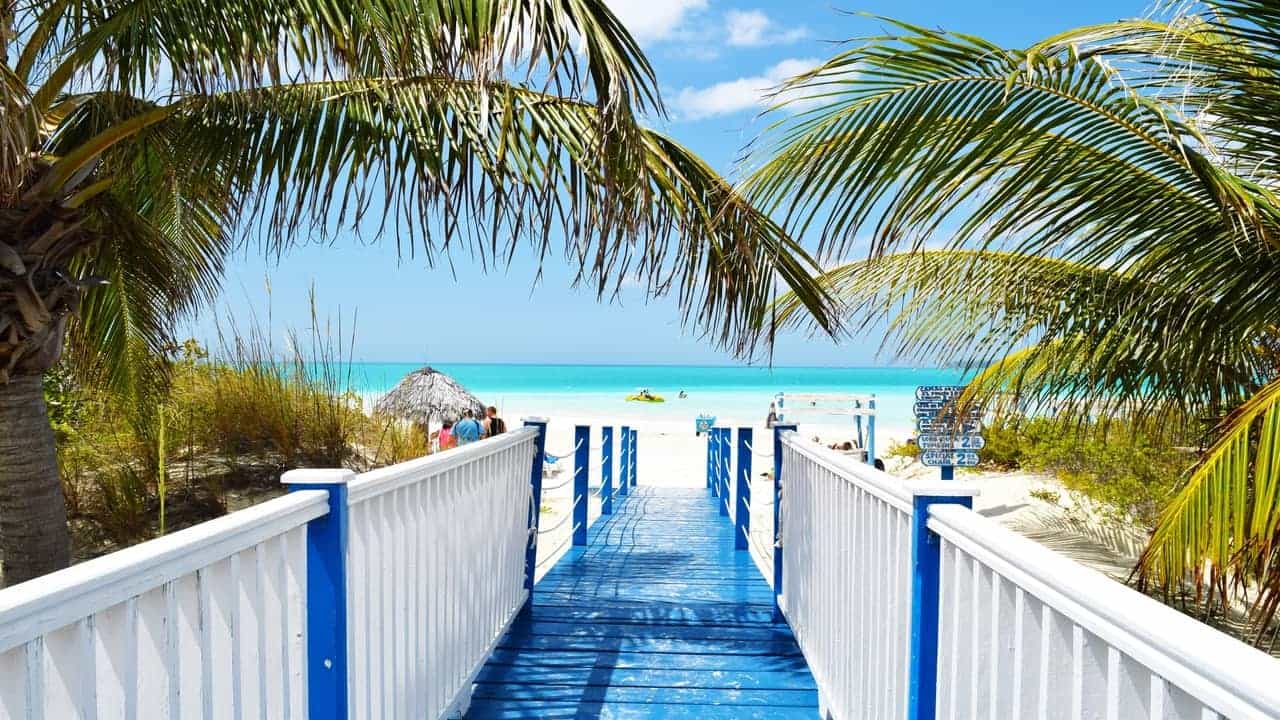
This beautiful beach destination is one of the most remote places in Cuba. But what makes the island famous was its inclusion in Hemingway’s novels.
The beach is connected to the mainland of Jardines del Rey by a bridge, but the most common way of getting there is via air or boat.
If you’re looking for a day of relaxation, there’s no better place in Cuba.
Caguanes National Park
This is another one for nature lovers out there. It’s named a UNESCO Biosphere Reserve and is ideal for people looking for eco and adventure tourism.
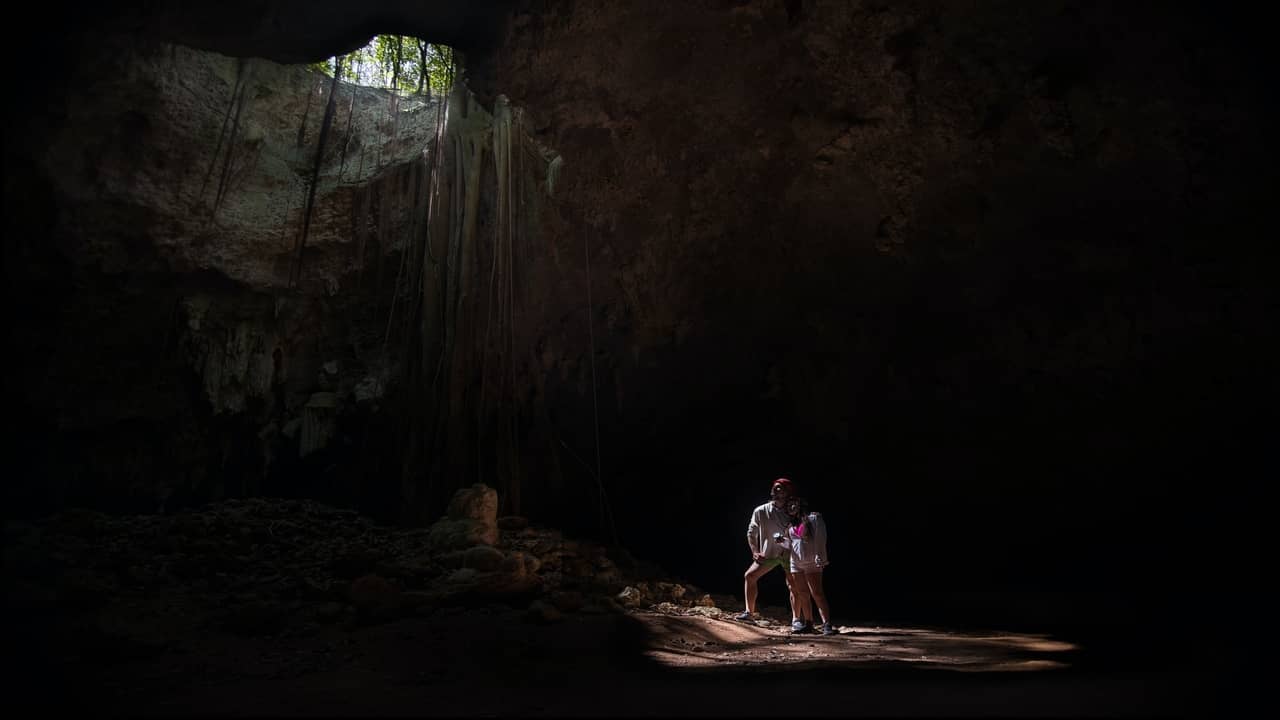
The National Park offers so much for visitors, including Caguanes Cay, Ciénaga swamp, and Piedra Cays.
If you’re looking to experience the park, your best option is to hire a guide; they’ll help you explore the 79 coastal caves, mangroves, and all the wildlife it has to offer.
And if you like snorkeling, there’s no better than swimming through some of the clearest swimming waters in Cuba.
Guama
This is truly a very unique and beautiful place you should visit. Here you’ll find several mini Caribbean islands on Laguna del Tesoro, also known as Treasure Lake. At the water’s edge, you find stunning thatched-roof huts.
They built the area to replicate the early inhabitants of Cuba called the Taino. The surrounding area boasts a lush green atmosphere and perfectly kept grounds.
At first glance, these huts may look a little rustic, but step inside, and you couldn’t be further from the truth. The interior is beautifully designed and even features AC.
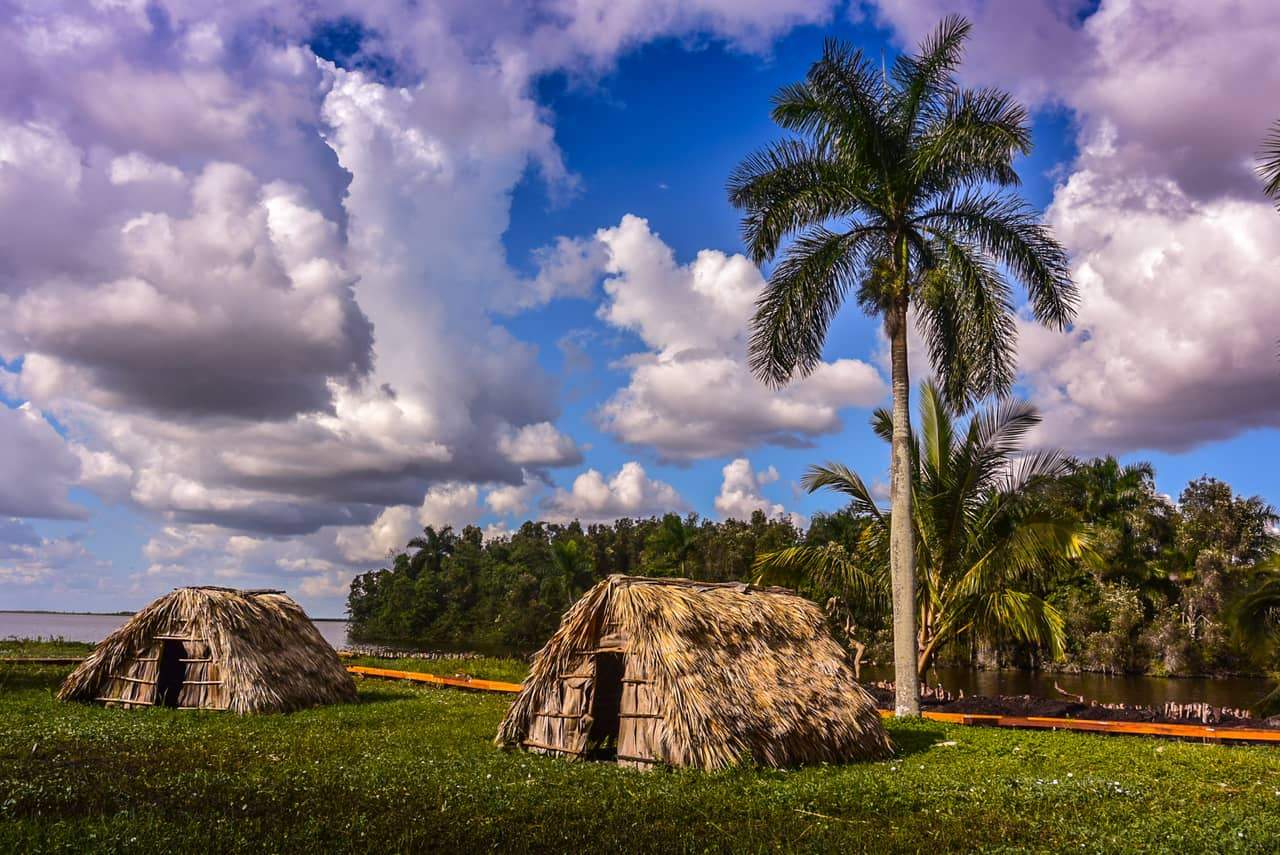
One thing to note is this area can only be accessed by boat, which is perfect if you want to experience the wildlife. The area has a crocodile farm where more than 10,000 aquatic reptiles call home, 16 of which are endangered.
Cayo Largo Del Sur
Cayo Largo del Sur is a small island off the coast of Cuba. If you’re looking for the experience of Cuba, without the crowded beaches, this is the perfect location.
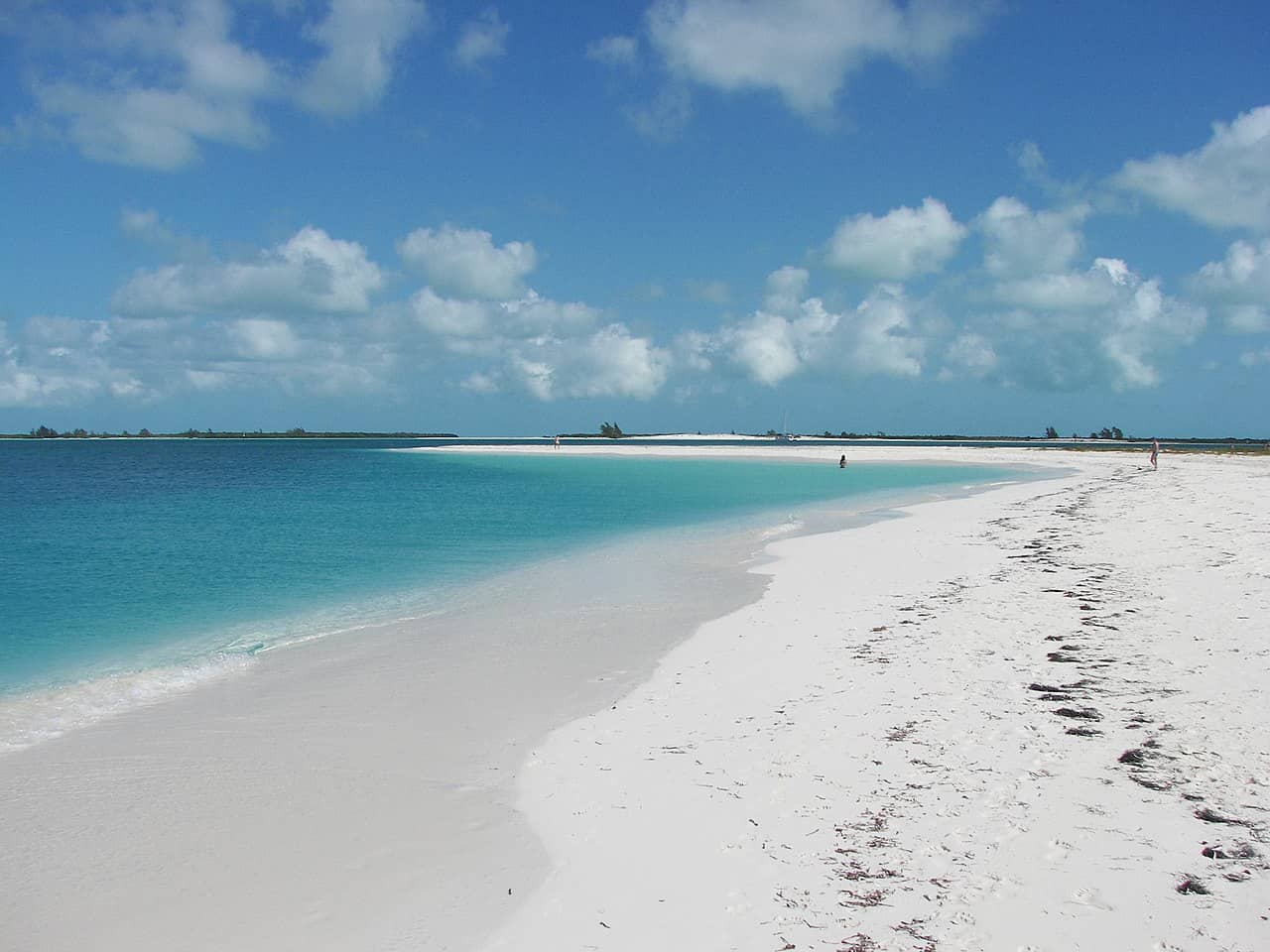
This is one of the best locations if you want to take a chill day, soak up some sun, and swim in crystal clear water.
Some of the most common activities on the island are swimming, surfing, and snorkeling. You can also find the fascinating sea turtle hatchery that offers tours to visitors.
Varadero
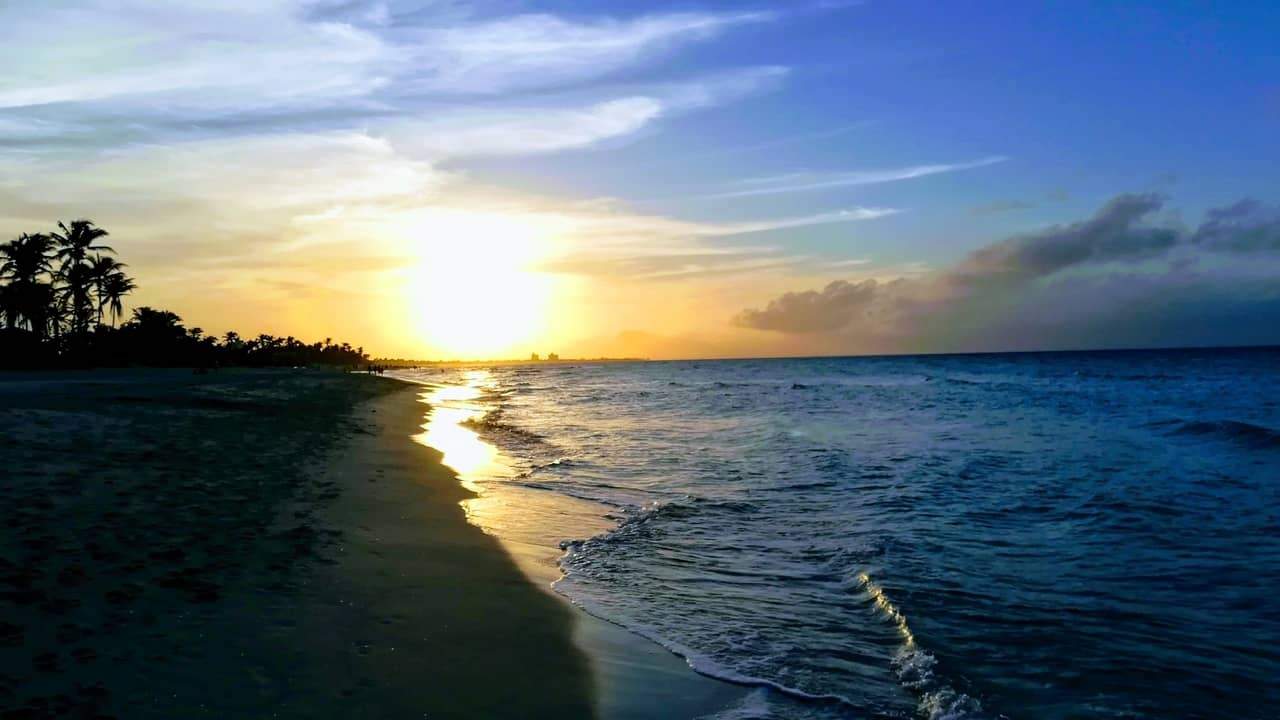
It’s the biggest and most popular beach resort in Cuba and is considered one of the most beautiful in the world.
You can enjoy the calm Caribbean waters while walking across crystal white sands. Around the area, you also have a huge range of museums, galleries, and markets to visit. And if you fancy some rum or cigars, there’s no better place.
You’ll also find brilliant nightlife and a mesmerizing music scene that anyone can enjoy.
If your nightlife isn’t your vibe, there’s plenty of hiking trails in the area where you can explore caves with primitive wall paintings… Now that’s something you don’t see every day.
You also have two country golf courses and dozens of water sport activities to take part in.
Parque Nacional Viñales
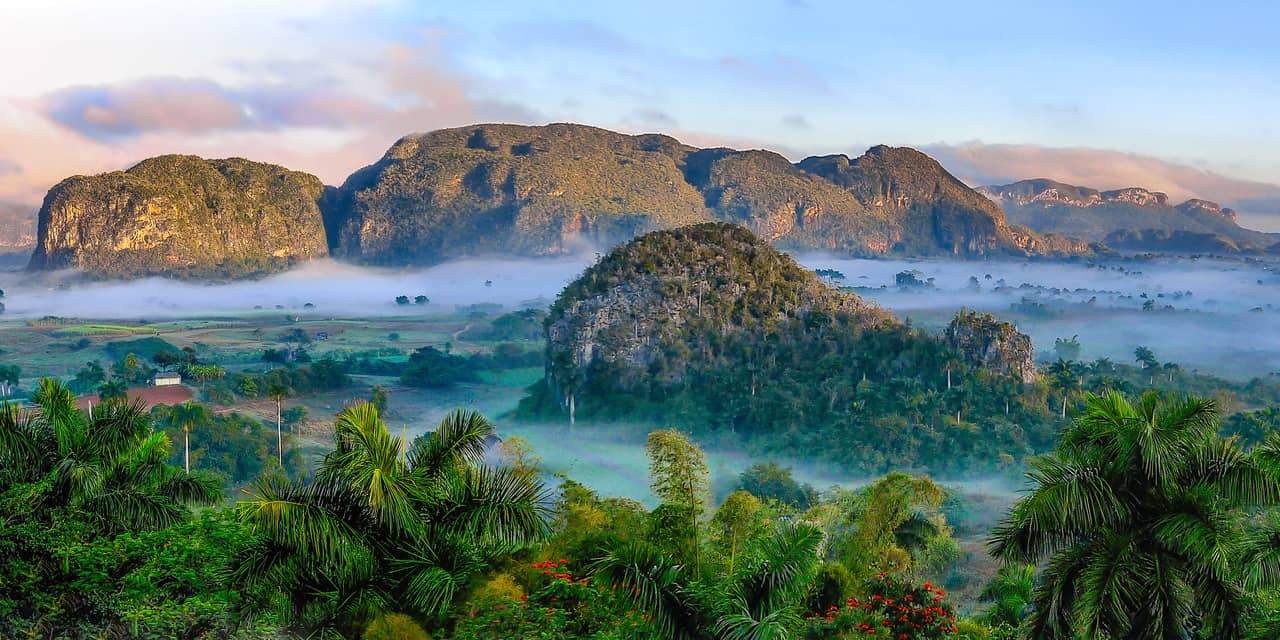
The last place on our list is the UNESCO World Heritage Site of Parque Nacional Viñales. It lies in the wonderful valley of Sierra de Los Órganos, which is north of Pinar del Rio.
Around the area, you find dramatic landscapes of steep limestone hills that cut through the valley.
The area itself is an agricultural location where tobacco, fruit, and vegetables are grown. There are also several hikes to enjoy, along with horseback riding through the hills if that’s something you enjoy.
How Much Money Do You Need Per Day In Cuba?
Okay, this is actually an excellent question. If you read the history and culture section above, you’ll know that the US has an embargo against Cuba. But what does this mean for US tourists?
Unfortunately, it means that ATM, debit, and credit cards from the US will not work in Cuba; we know… it’s a bummer.
This means if you want to travel to Cuba, you’re going to need to bring cash with you. But how much should you bring is the question.
Really, it depends on how you like to travel. For example, a budget traveler who doesn’t mind staying in hostels or Casas particulares won’t need to bring as much as people who stay in luxury hotels.
For most people, budgeting $150 per day should be more than enough to enjoy your holiday. That being said, if you plan to buy cigars, rum, artwork, and music for your friends and family, you’re going to need to budget more.
Before we get into prices, it’s worth noting that since January 2021, Cuba is no longer a dual currency nation and only accepts the Cuban Convertible Peso (CUC).
But to make your life easier, I’m going to break down the prices in both currencies:
- Accommodation Costs: $18-$50 (₱488-₱1,400) per day depending on location (You can save money in Casas particulares)
- Meals: $5-$15 (₱80-₱400) per meal (Street food is the cheaper option)
- Travel: $5-$15 (₱80-₱400) depending on how much you move about
- Drink: Alcohol $3-$5 ((₱72-₱120) Water: $1-2 (₱24-₱48)
Then you have to take into account how much you’re going to spend on activities. But to calculate that, you should probably check online to find out what you want to do and how much it costs.
What Is The Best Month To Visit Cuba?
Let’s not get things wrong; there is no bad month to visit Cuba; all months have something to offer their visitors. That being said, there are a few factors you need to consider before you book your trip.
If you’re looking for the hot, dry season, you should be looking to plan your trip from November to April.
May to September should be your go-to months if you are looking to see the country in green and don’t mind the occasional downpour.
Here’s what you can expect regarding temperatures:
- Dry Season: 27-33°C
- Rainy Season: 21-32°C
But, let’s break it down a bit further to give you the best opportunity of enjoying your trip:
December To April
If you’re looking to avoid the rain, these are the best months to go. You’ll also find a lot of variation between heat, deals, and local festivals.
December, January, and February
You’ll find these months are sunny but slightly cooler making beach days a little bit more bearable. One thing to note is that December peaks in prices.
March And April
The island is beginning to warm up during these months, but it’s also the busiest time for tourists; you’ll have to book everything in advance.
April to May And June To November
During the wet season, it’s not a good idea to come to the island. You’ll find a lot of downpours and the odd hurricane along the coast.
Easter And July To June
During these months you’ll find things get incredibly expensive and it is hard to get accommodation.
July And August
Not only will it be stormy, but the island is going to be very hot and sticky during these months.
July
If you’re looking to enjoy a Cuban festival, then this is the time to go.
Hopefully, this helps you pick the right months for your journey; remember it comes down to what you’re looking for.
What are the Do’s And Don’ts You Should Follow In Cuba?
When you are traveling to a foreign country, there will be some do’s and don’ts, but knowing them beforehand can be very helpful.
In this section, we’re going to list five do’s and five don’ts to get you started:
Do’s:
- Do Bring Enough Cash: As we mentioned, US citizens won’t be able to use their cards while they are abroad. If you don’t want to get stuck while you’re in Cuba, make sure you have some Cuban pesos with you.
- Do Dress Casually: Cuba is a hot place, so there’s no need to dress up. Most people won’t bat an eye if you’re in shorts and a t-shirt. They’re an extremely casual country, so don’t worry.
- Do Ride In A Classic: This is an absolute must if you’re traveling to Cuba. Think about it, how many times can people say they drove through Havana in a vintage 1950’s car?
- Do Go And Eat In A Paladar: At one point, these restaurants were illegal and housed in old mansions or family homes. But now, they offer an insight into Cuban Creole flavors. Cuban food is known for its flavor, so you’ll have a great experience.
- Do Go Salsa Dancing: Yep, even if you can’t dance, salsa dancing is something you should not miss out on. Don’t worry; the locals are more than happy to show you some moves.
Don’ts:
- Don’t Take A Picture Of The Police Or Military: There’s a good chance you wouldn’t want to do this anyway, but if you get tempted, don’t. It’s illegal in Cuba and could get you arrested for spying.
- Don’t Ride In Unlicensed Taxis: This might seem pretty like a no-brainer, but it’s imperative not to get in private taxis that aren’t licensed.
- Don’t Drink The Tap Water: Not all the water is purified in Cuba, so make sure you drink bottled water to avoid getting sick. That includes staying away from ice cubes; you don’t know where they were made.
- Don’t Carry Large Amounts Of Cash: Although Cuba is very safe, pickpocketing tourists and petty theft are still an issue… the last thing you want is your hard-earned cash ending up in someone else’s pocket.
- Don’t Travel At Night Alone: Again, Cuba is safe, but it’s best not to walk around places you don’t know at night. Stick to the tourist areas or with a local guide.
These do’s and don’ts may seem pretty average, but they will keep you safe and help you enjoy the amazing country of Cuba.
How Do I Prepare For A Trip To Cuba?
Okay, so you’ve decided you want to take a trip to Cuba, but you don’t know where to stay. It’s an all too common problem and something we’re going to help you out within this section.
Here are six Cuba travel itinerary tips for your journey:
Get Your Booking Done Early
With Cuba becoming a hotspot for tourists, accommodations can fill up very quickly, especially during the high season. However, you can find Casas particulares fairly easily if you want to live like a local.
Booking in advance will guarantee you get the location you want without having to compromise. Even the tour companies will fill up quickly, so again make a reservation a few months beforehand.
You shouldn’t have any trouble finding direct flights to Cuba either; it’s pretty well connected. But again, make sure you get the booking done early.
|
Kiwi.com |
Why Choose Them? |
|---|---|
|
|
Competitive Prices Plan Your Full Trip From The Website Provides Excellent Support Get Price Alerts On The Move Manage Your Bookings |
Pick Up Some Travel Insurance
The majority of airlines that enter Cuba offer the mandatory health insurance required to enter the county.
That being said, if you want extra coverage, you might want to purchase travel insurance. This will give you extra protection if you plan to carry expensive electronics with you.
|
World Nomads |
What’s Covered? |
|---|---|
|
Travel Accidents Overseas Dental Delayed Baggage Digital Nomads Pregnancy Stolen Credit Cards Stolen Passports And Much More… |
Pick Up Some Spanish Before You Go
Not many people in Cuba speak English, so if you don’t know any Spanish, you’re going to struggle. The bonus is that Cuban people are very friendly and happy to help you with your Spanish, so there is no need to feel nervous.
Change Your Dollars Into Euros
The only place you can purchase Cuban Pesos is in Cuba, and to make things worse, they put a hefty 10% fee on dollars. Changing your money to Euros will stop you from receiving these charges when swapping to Cuban currency.
Arrive At The Airport Early To Get Your Visa
You don’t need to get your visa tourist card sorted out before you arrive at the airport. Airlines like Southwest have a visa counter next to the check-in desk. You have 2 visa categories to choose from, and it costs around $50. It takes around 10 minutes to replace.
You’ll also have to make sure you pay the mandatory airport tax in Cuba, so make sure you have some cash on you when you land.
Print Off All Your Necessary Documents
Internet access in Cuba isn’t the best and is only available in certain areas. This means you can’t rely on your phone to hold all your necessary documents.
Wrapping Up!
Cuba is a one-of-a-kind Caribbean destination. It has that seductive attraction that captures a place preserved in time, with its vintage cars and old colonial appeal that you should definitely experience.
But remember, learning travel Spanish before planning your trip not only will help you get around your destinations more easily and communicate fluently with the locals but totally enrich your travel experience to a whole new level.
Try a free private class or sign up for a 7-day free trial of our group classes to see how thousands of students are dominating the Spanish language with SpanishVIP.




